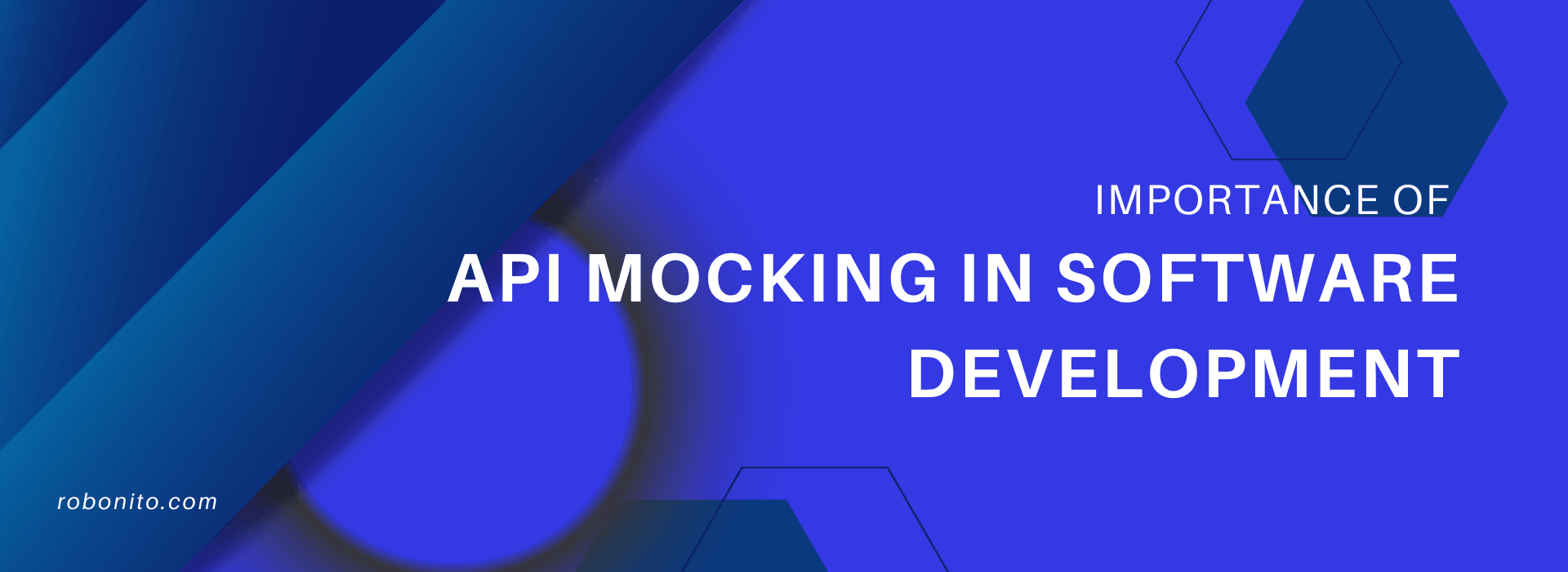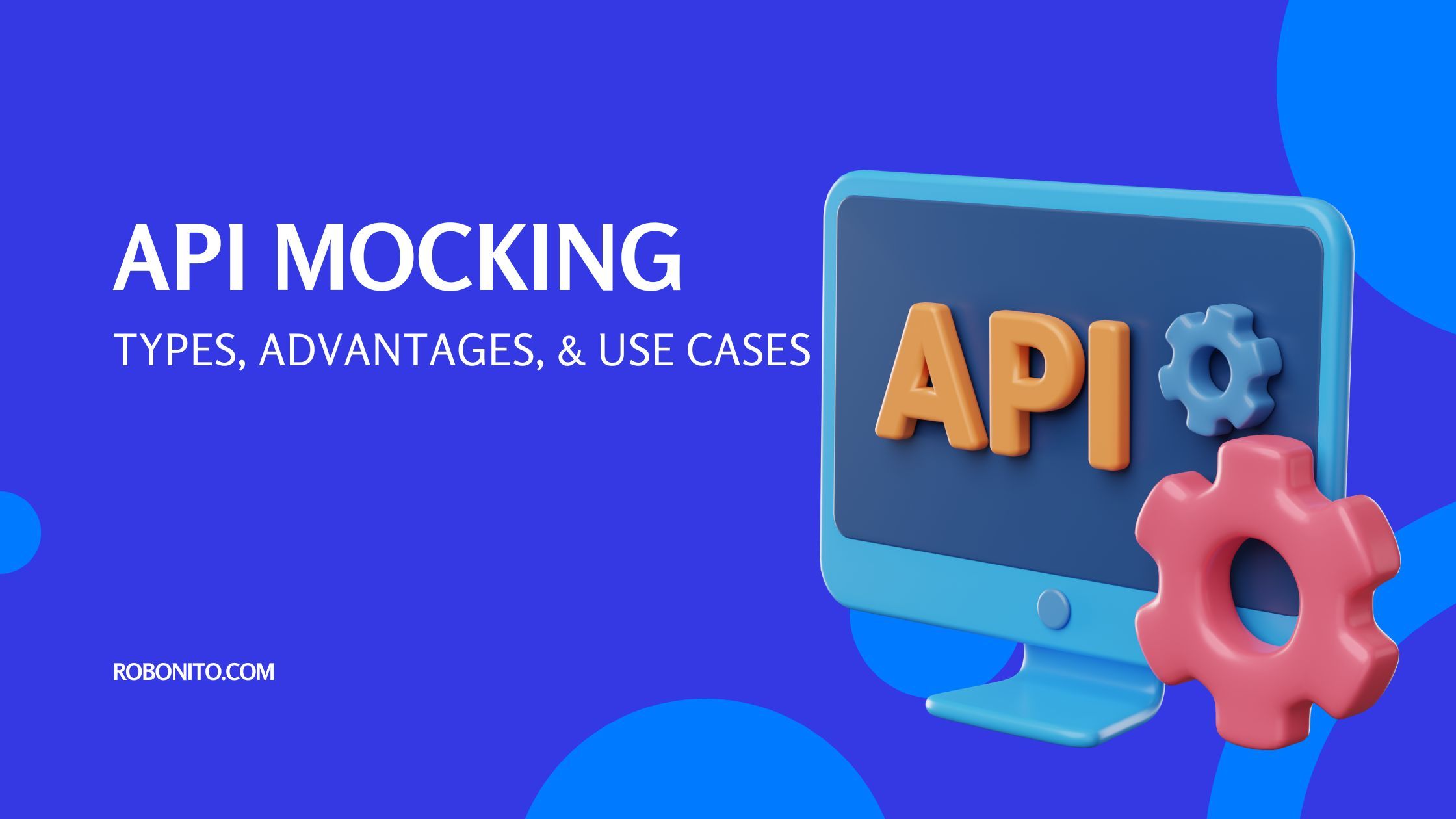API Mocking refers to the process of simulating API responses during the development and testing phases of software projects. It involves creating mock endpoints and defining responses that mimic the behavior of real APIs. This practice enables developers to test their applications comprehensively, even in the absence of the actual API.
Importance of API Mocking in Software Development

The significance of API Mocking lies in its ability to facilitate parallel development and testing. Developers can work on different parts of a project concurrently without being dependent on the availability of external APIs. This accelerates the development process and enhances collaboration among team members.
II. How API Mocking Works

A. Simulating API Responses
API Mocking works by creating virtual endpoints that mirror the structure of the real API. These mock endpoints generate responses that emulate the behavior of the actual API, allowing developers to test various scenarios and error conditions. This simulation is instrumental in identifying and rectifying issues early in the development cycle.
B. Benefits of Simulating API Behavior
The[ benefits of simulating API ]( benefits of simulating API )behavior through mocking are multifaceted. It enables developers to validate their code against different responses, status codes, and edge cases. Moreover, it aids in uncovering potential vulnerabilities and improving the overall robustness of the application.
C. Use Cases for API Mocking
API Mocking finds application in several scenarios, such as when the actual API is still under development or undergoing changes. Additionally, it proves invaluable for testing applications in isolated environments, ensuring that they function seamlessly once integrated with the real API.
III. Choosing the Right API Mocking Tool

A. Overview of Popular API Mocking Tools
Various tools in the market facilitate API Mocking, each with its unique features and capabilities. Some popular choices include WireMock, Postman, and Nock. Understanding the strengths of these tools is essential in making an informed decision.
B. Factors to Consider in Tool Selection
When choosing an API Mocking tool, developers must consider factors like ease of use, support for dynamic data, and integration capabilities with their development environment. The selected tool should align with the specific requirements of the project and the development team's workflow.
IV. Step-by-Step Guide to API Mocking
A. Setting Up Mock Endpoints
To begin API Mocking, developers need to set up mock endpoints using their chosen tool. This involves defining the structure of the endpoints, specifying the expected request and response formats, and configuring any necessary parameters.
B. Defining Mock Responses
The heart of API Mocking lies in crafting realistic mock responses. Developers should emulate the various scenarios the application might encounter, ensuring thorough testing. This step helps identify potential issues early in the development process.
C. Testing and Iterating
Once the mock endpoints and responses are defined, developers can start testing their applications. Iterative testing allows them to refine the mocks, uncover bugs, and ensure the application's resilience under different conditions.
V. Common Challenges in API Mocking
A. Handling Dynamic Data
One challenge in API Mocking involves simulating responses with dynamic data, such as timestamps or unique identifiers. Developers must implement strategies to address this, ensuring that the mocks accurately represent real-world scenarios.
B. Ensuring Realistic Responses
Achieving realism in mock responses is crucial for effective testing. Striking the right balance between simplicity and complexity is an ongoing challenge, as overly simplistic mocks may overlook potential issues, while overly complex ones can impede the testing process.
C. Integrating with Continuous Integration (CI) Pipelines
For seamless development workflows, API Mocking should integrate seamlessly with CI pipelines. Ensuring that mock tests are an integral part of the CI process helps maintain consistency and reliability throughout the development lifecycle.
VI. Best Practices for Effective API Mocking
A. Keeping Mocks Updated
Regular updates to mocks are essential to reflect changes in the actual API. Developers should establish a system to track API changes and promptly update the mocks accordingly, preventing discrepancies between the mock environment and the real API.
B. Collaborating with Teams
API Mocking is most effective when integrated into the collaborative efforts of development teams. Communication and coordination ensure that mocks align with the overall project goals and reflect the diverse perspectives of team members.
C. Documentation for Mocked APIs
Comprehensive documentation for mocked APIs is essential for the entire development team. Clear documentation facilitates understanding and usage, ensuring that developers can leverage the mocks effectively in their testing processes.
VII. Real-world Examples of Successful API Mocking
A. Industry Use Cases
Numerous industries have embraced API Mocking to streamline their development processes. From fintech to healthcare, real-world examples showcase the versatility and effectiveness of API Mocking in addressing specific challenges unique to each sector.
B. Testimonials from Developers
Developer testimonials provide valuable insights into the impact of API Mocking on their workflows. These firsthand experiences highlight the advantages, challenges, and overall satisfaction with incorporating API Mocking into the development lifecycle.
VIII. Future Trends in API Mocking
A. Evolving Technologies
As technology advances, the landscape of API Mocking continues to evolve. Predicting future trends involves considering emerging technologies, such as AI-driven mocking or enhanced support for microservices architectures.
B. Integration with Automated Testing
The integration of API Mocking with automated testing tools is a promising trend. This convergence enables developers to create more robust test suites, enhancing the efficiency and effectiveness of the testing process.
IX. Conclusion
A. Recap of API Mocking's Significance
In conclusion, API Mocking stands as a cornerstone in modern software development. Its role in expediting development, improving testing processes, and enhancing collaboration cannot be overstated. Developers are encouraged to embrace API Mocking as an integral part of their toolkit.
FAQs
-
Is API Mocking suitable for all types of software projects?
- API Mocking is versatile and can benefit various software projects, regardless of size or complexity.
-
How frequently should mock responses be updated?
- Mock responses should be updated promptly whenever there are changes in the actual API to maintain accuracy in testing.
-
Can API Mocking be integrated into agile development workflows?
- Yes, API Mocking is well-suited for agile development, facilitating parallel work and quick iterations.
-
Are there any security considerations with API Mocking?
- Security should always be a priority. Ensure that sensitive data is handled appropriately in mock responses to prevent potential vulnerabilities.
-
What role does API Mocking play in continuous integration (CI) processes?
- API Mocking can be seamlessly integrated into CI pipelines to ensure consistent testing throughout the development lifecycle.
